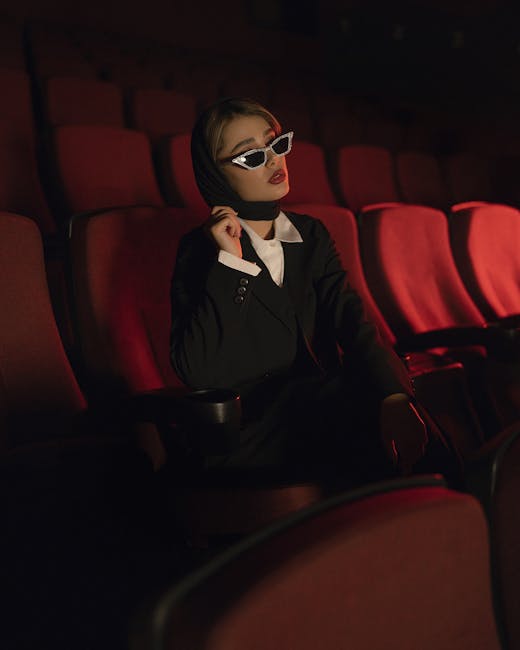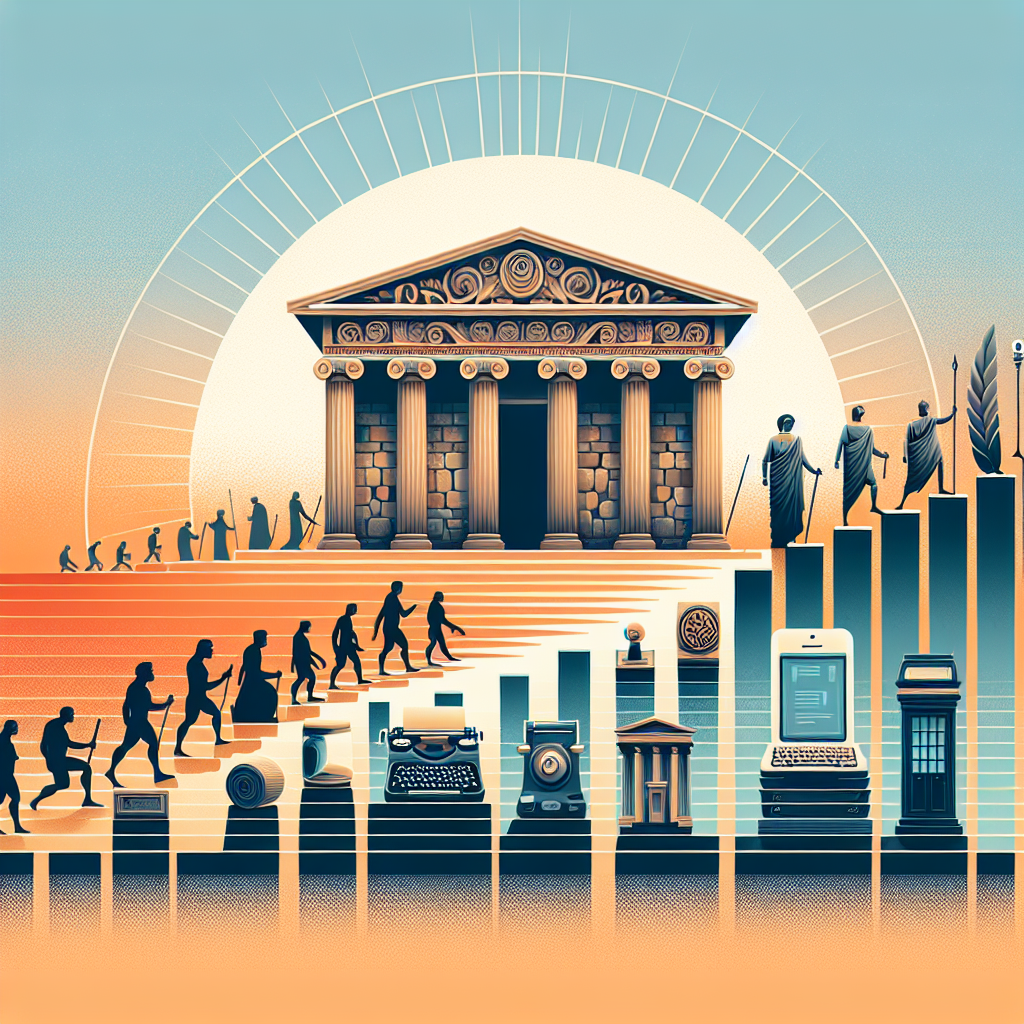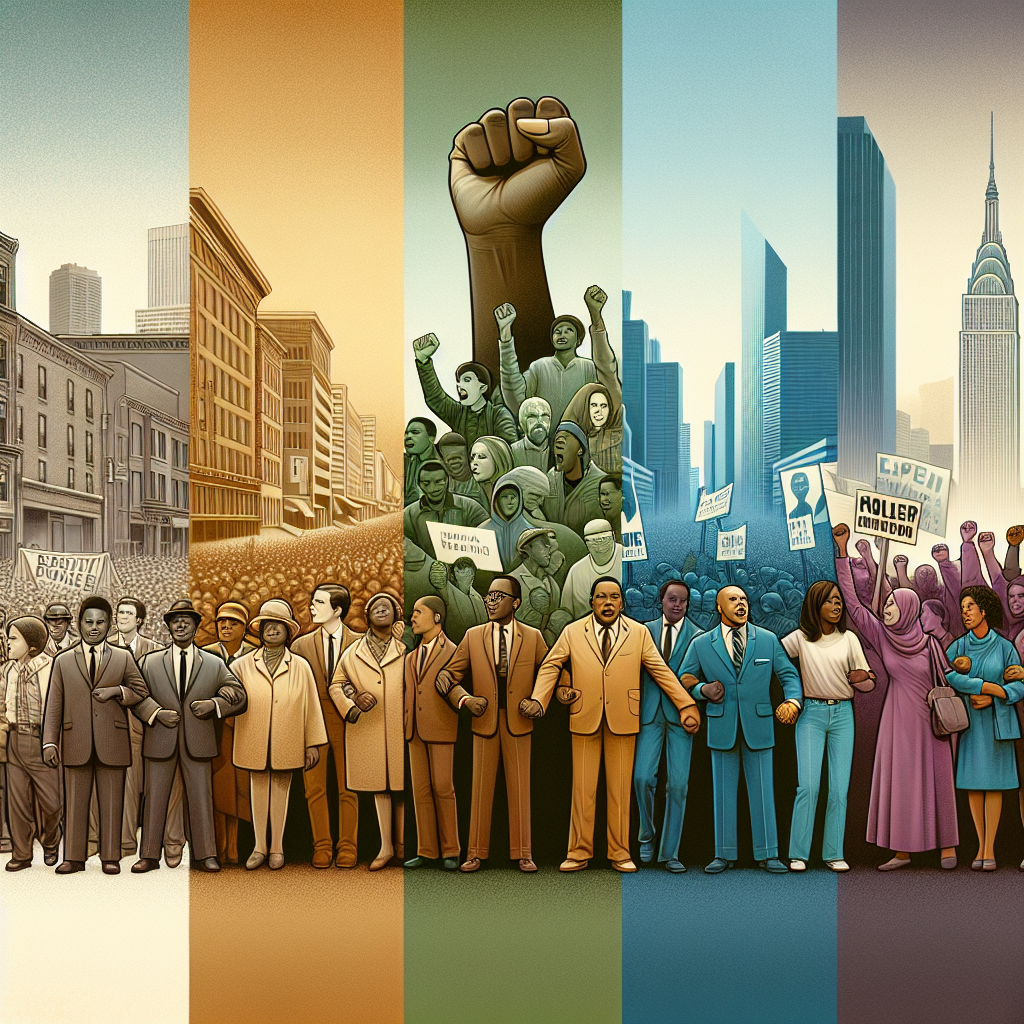1950s Film Gems: The Best Movies from the Fabulous Fifties
The 1950s were a golden era for cinema, producing some of the most iconic and influential films in history. This decade saw the emergence of new genres, groundbreaking storytelling techniques, and unforgettable performances. Whether you’re a cinephile or a casual moviegoer, exploring the best movies from the 1950s is an enriching experience. In this blog post, we’ll dive into the most celebrated films of the decade, highlighting their significance and why they remain must-watch classics today.
The Golden Era of Hollywood
The 1950s are often referred to as the Golden Era of Hollywood, and for good reason. This decade witnessed the rise of legendary directors, actors, and actresses who left an indelible mark on the industry. With the advent of color films and widescreen formats, filmmakers had more tools at their disposal to create visually stunning masterpieces.
The Rise of Iconic Directors
Directors like Alfred Hitchcock, Billy Wilder, and Akira Kurosawa created some of their most renowned works during this time. Their films not only entertained audiences but also pushed the boundaries of cinematic storytelling.
Top 1950s Films You Must Watch
To help you navigate the treasure trove of 1950s cinema, we’ve curated a list of the best movies from the fabulous fifties. These films are not only entertaining but also provide a glimpse into the cultural and social landscape of the era.
1. Singin’ in the Rain (1952)

Singin’ in the Rain is often hailed as the greatest musical of all time. Directed by Gene Kelly and Stanley Donen, the film is a joyous celebration of Hollywood’s transition from silent films to talkies. With unforgettable dance sequences and catchy songs, it’s a film that continues to captivate audiences.
2. Rear Window (1954)

Alfred Hitchcock’s Rear Window is a masterclass in suspense and storytelling. Starring James Stewart and Grace Kelly, the film follows a wheelchair-bound photographer who suspects his neighbor of murder. The film’s innovative use of a single set and its exploration of voyeurism have cemented its status as a classic.
3. Seven Samurai (1954)

Akira Kurosawa’s Seven Samurai is not only one of the greatest films of the 1950s but also a cornerstone of world cinema. This epic tale of seven samurai hired to protect a village from bandits is a powerful exploration of heroism, sacrifice, and community. Its influence can be seen in countless films and genres.
4. On the Waterfront (1954)

Directed by Elia Kazan, On the Waterfront is a gripping drama that tackles corruption and redemption. Marlon Brando delivers a career-defining performance as Terry Malloy, a former boxer who stands up against a corrupt union boss. The film won eight Academy Awards, including Best Picture.
5. Some Like It Hot (1959)

Billy Wilder’s Some Like It Hot is a comedy classic that continues to entertain audiences with its wit and charm. Starring Marilyn Monroe, Tony Curtis, and Jack Lemmon, the film follows two musicians who disguise themselves as women to escape mobsters. Its clever script and standout performances make it a timeless gem.
Hidden Treasures from the 1950s
While the above films are widely recognized as classics, the 1950s also produced several hidden gems that deserve more attention. These films may not have achieved the same level of fame, but they offer unique and compelling stories worth exploring.
1. In a Lonely Place (1950)

Nicholas Ray’s In a Lonely Place is a noir thriller that delves into the dark side of Hollywood. Starring Humphrey Bogart as a troubled screenwriter and Gloria Grahame as his neighbor, the film is a haunting exploration of love, suspicion, and violence. Its complex characters and moody atmosphere make it a standout.
2. The Night of the Hunter (1955)

Directed by Charles Laughton, The Night of the Hunter is a chilling tale of a corrupt preacher who terrorizes two children in his quest for hidden money. Robert Mitchum’s performance as the menacing Reverend Harry Powell is unforgettable, and the film’s striking visual style has influenced generations of filmmakers.
3. Sweet Smell of Success (1957)

Alexander Mackendrick’s Sweet Smell of Success is a biting satire of the media industry. Starring Burt Lancaster as a powerful newspaper columnist and Tony Curtis as a desperate press agent, the film explores the dark side of ambition and power. Its sharp dialogue and noir aesthetics make it a compelling watch.
Why 1950s Films Still Matter
Films from the 1950s continue to be relevant and influential for several reasons. They offer timeless stories, showcase exceptional craftsmanship, and reflect the cultural and social dynamics of their time. By watching these films, we gain insight into the evolution of cinema and the enduring power of storytelling.
Timeless Themes and Stories
The best films from the 1950s tackle universal themes such as love, justice, identity, and morality. These themes resonate with audiences across generations, making the films relatable and engaging even today.
Exceptional Craftsmanship
The 1950s were a period of innovation in filmmaking techniques. Directors experimented with new styles, camera angles, and narrative structures. The craftsmanship on display in these films serves as a benchmark for aspiring filmmakers and a source of inspiration for creative storytelling.
Cultural and Social Reflection
1950s films often reflect the cultural and social issues of their time, such as post-war anxieties, the rise of consumerism, and the struggle for civil rights. By watching these films, we gain a deeper understanding of the historical context and the ways in which cinema can both influence and be influenced by society.
Actionable Tips for Exploring 1950s Cinema
If you’re new to the world of 1950s cinema or looking to deepen your appreciation, here are some actionable tips to get you started:
1. Create a Watchlist
Start by creating a watchlist of must-see 1950s films. Include the classics mentioned in this blog post as well as any hidden gems that catch your interest. Use streaming platforms, DVD collections, or local libraries to access these films.
2. Join Film Communities
Join online film communities or local film clubs to discuss and share your experiences with 1950s films. Engaging with fellow enthusiasts can provide valuable insights and recommendations, enhancing your viewing experience.
3. Explore Different Genres
The 1950s produced a diverse range of genres, from musicals and comedies to noirs and epics. Explore different genres to get a well-rounded understanding of the decade’s cinematic landscape. Don’t be afraid to step out of your comfort zone and try something new.
4. Read Film Criticism and Analysis
Reading film criticism and analysis can deepen your appreciation for 1950s films. Look for articles, books, and essays by renowned film critics and scholars. Understanding the historical, cultural, and technical aspects of these films can enhance your viewing experience.
Conclusion
The 1950s were a truly remarkable decade for cinema, giving us some of the most memorable and influential films of all time. From iconic classics to hidden treasures, the films of this era continue to captivate and inspire audiences. By exploring the best movies from the fabulous fifties, we not only celebrate the artistry of the past but also enrich our understanding of the timeless power of storytelling.
So, grab some popcorn, dim the lights, and embark on a cinematic journey through the golden era of Hollywood. Happy watching!






Leave a Reply
You must be logged in to post a comment.